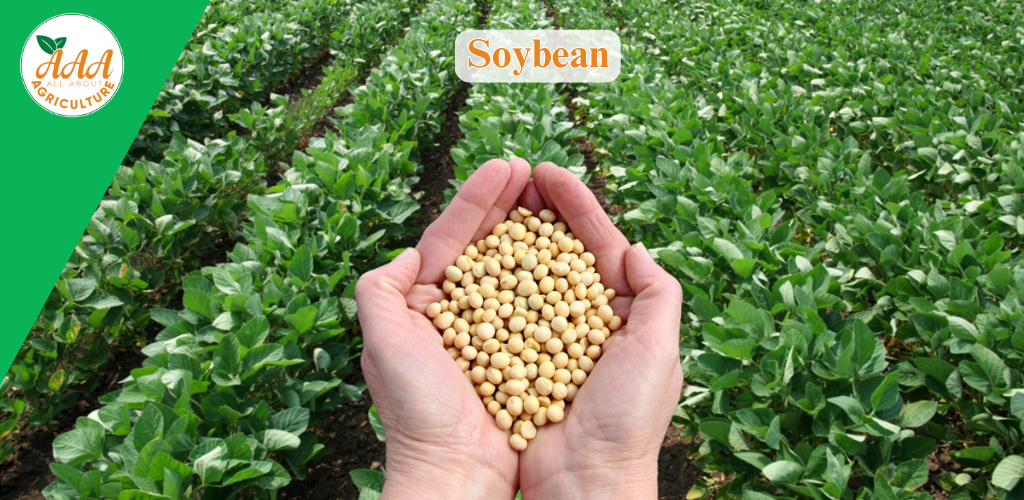Soybean Production Technology
Soybean Production Technology

Soybean (Glycine max) is a high-protein, oil-rich legume crop that plays a crucial role in food, feed, and industrial applications. With modern production techniques and precision farming, farmers can achieve higher yields, better quality, and increased profitability while maintaining soil health.
Key Steps for Profitable Soybean Cultivation
Ideal Climate & Soil Conditions
Temperature: 20-30°C – Prefers warm conditions with moderate rainfall
Soil Type: Well-drained loamy soil with high organic content (pH 6.0-7.5)
Water Requirement: Moderate irrigation required during flowering & pod formation
High-Yielding Soybean Varieties
Popular varieties: JS 335, JS 95-60, MAUS 71, NRC 37, DSb 21
Disease-resistant types: JS 20-34, RKS 18 – Ideal for disease-prone regions
Early-maturing varieties: Suitable for multiple cropping systems
Smart Sowing & Seed Treatment
Seed rate: 50-60 kg/ha for normal varieties, 75-80 kg/ha for bold-seeded types
Best sowing time: June-July (Kharif season) after pre-monsoon showers
Seed treatment: Treat with Rhizobium & PSB (Phosphate Solubilizing Bacteria) to enhance nitrogen fixation and plant vigor
Nutrient & Water Management
Balanced fertilization:
- Nitrogen (N): 20-30 kg/ha
- Phosphorus (P): 50-60 kg/ha
- Potassium (K): 20-30 kg/ha
Irrigation schedule: Essential at flowering, pod formation, and grain filling stages
Weed, Pest & Disease Control
Weed management: Use Pendimethalin (pre-emergence herbicide) to keep fields weed-free
Common pests: Stem fly, leaf miner, pod borer – Managed using Neem-based bio-pesticides
Disease control: Rust, Anthracnose, Yellow Mosaic Virus (YMV) – Prevent with resistant varieties & fungicides
Harvesting & Post-Harvest Management
Harvest when pods turn yellow-brown & moisture content drops below 14%
Proper drying ensures longer shelf life & better market value
Average yield: 2.5-3.5 tons per hectare.